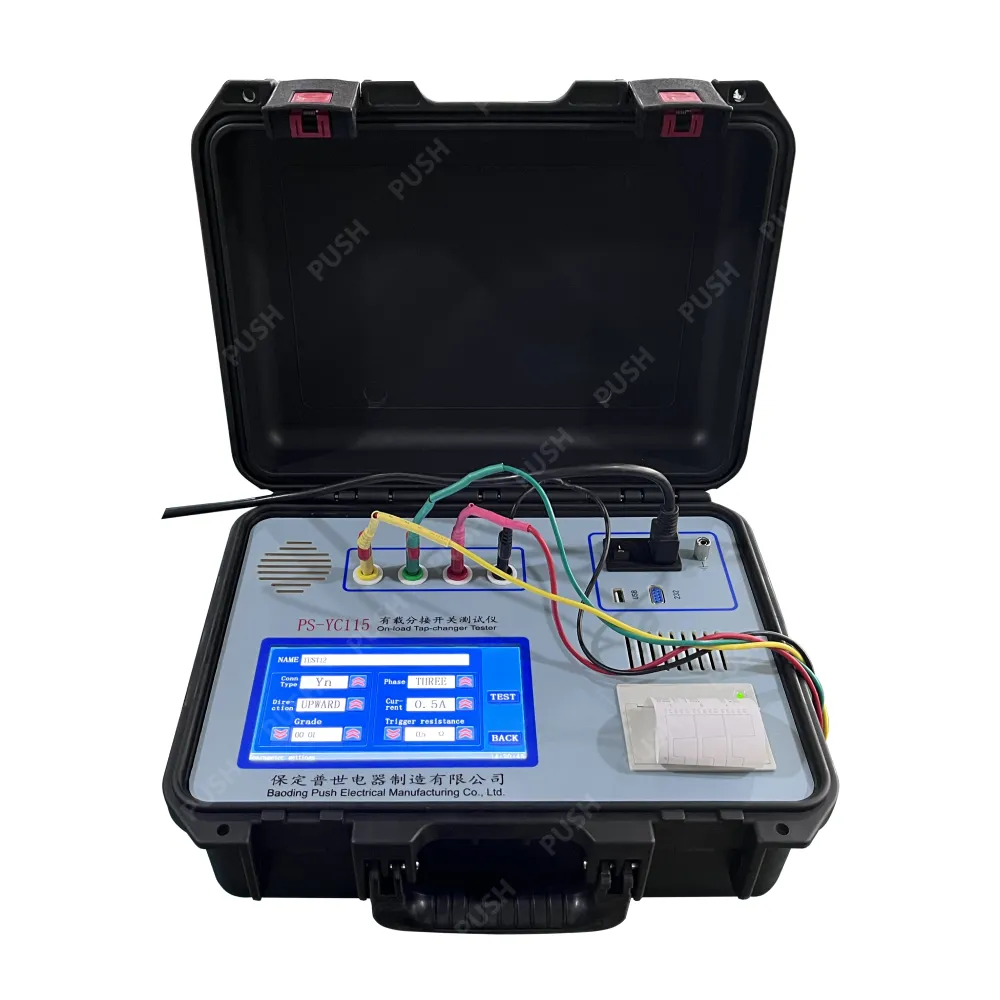 English
English


Understanding Battery Impedance Measurements for Improved Performance and Longevity in Energy Storage Systems
Understanding Battery Impedance Measurement
Battery impedance measurement is an essential technique used in the assessment and characterization of batteries, particularly in the realm of energy storage systems. Impedance reflects the opposition that a circuit presents to an alternating current (AC) and is composed of both resistive and reactive components. Monitoring battery impedance can offer valuable insights into a battery's health, state of charge (SOC), and overall performance, making it a pivotal aspect of battery management systems.
The Importance of Battery Impedance
Impedance measurement serves multiple purposes in battery technology. Firstly, it helps in diagnosing the internal condition of the battery. As batteries age, their internal components undergo physical and chemical changes that may increase internal resistance and lead to capacity degradation. By measuring impedance, one can gain insights into these changes, allowing for the early detection of potential failures or the need for maintenance.
Secondly, impedance is closely related to a battery's state of charge. The relationship between impedance and SOC is typically nonlinear but can be characterized well, allowing for more effective SOC estimation. This relationship is crucial in applications where accurate SOC determination is essential, such as in electric vehicles (EVs) and renewable energy systems.
Measurement Techniques
Various techniques can be employed to measure the impedance of batteries, with Electrochemical Impedance Spectroscopy (EIS) being one of the most prominent methods. EIS involves applying a small AC signal to the battery and observing the resultant current response. This data is then analyzed using complex impedance measurements, which plots the impedance over a frequency range. The resulting Nyquist plot provides insights into different resistive and capacitive elements of the battery, such as the electrolyte resistance and charge transfer resistance.
Another method involves the use of a simple two-point DC resistance measurement, where a current pulse is applied to the battery and the voltage drop is recorded. This method, while less informative than EIS, is quicker and can be useful for routine checks.
battery impedance measurement

Factors Affecting Impedance
Several factors can influence battery impedance, including temperature, state of charge, and frequency. For instance, higher temperatures generally reduce impedance due to increased ionic mobility within the electrolyte, while lower temperatures tend to increase impedance and affect the battery's performance. Moreover, the frequency of the applied AC signal during impedance measurement is crucial as it can isolate specific electrochemical processes, making sure that the measurements provide accurate representations of the battery's condition.
Applications of Impedance Measurement
In practical applications, battery impedance measurement allows for the optimization of battery usage in real-time. Energy management systems, for example, can leverage impedance data to adjust charging and discharging protocols to ensure the longevity and efficiency of the battery. In electric vehicles, continuous monitoring of battery impedance enables real-time adjustments to maximize performance and safety, thereby enhancing the driving experience.
In the renewable energy sector, impedance measurements can also help in the management of battery arrays used in solar or wind energy systems, ensuring that energy storage is efficient, reliable, and synchronized with energy generation.
Conclusion
Battery impedance measurement is a powerful tool for understanding battery health and performance. By utilizing advanced techniques like Electrochemical Impedance Spectroscopy, engineers and researchers can gain in-depth insights into battery behavior, which in turn enables improved management of energy storage solutions. As the demand for efficient and reliable energy systems continues to grow, the importance of accurate battery impedance measurement will only increase, paving the way for innovations in battery technology and applications across various industries.
-
Differences between open cup flash point tester and closed cup flash point testerNewsOct.31,2024
-
The Reliable Load Tap ChangerNewsOct.23,2024
-
The Essential Guide to Hipot TestersNewsOct.23,2024
-
The Digital Insulation TesterNewsOct.23,2024
-
The Best Earth Loop Impedance Tester for SaleNewsOct.23,2024
-
Tan Delta Tester--The Essential Tool for Electrical Insulation TestingNewsOct.23,2024





